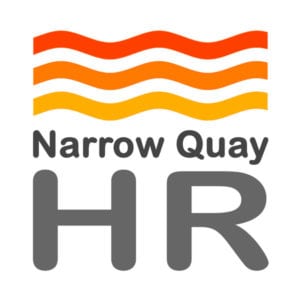Our team are delighted to offer a wide variety of flexible and practice HR services to our clients. Don’t miss our list of HR services below, designed to suit your needs, whether you need support with particular issues or day-to-day support.
If you’d like more information on any of these services, please get in touch with us free today and we’d be happy to chat with you.
Workplace Investigations
High quality workplace investigations are one of the flagship services we offer. Our highly experienced investigators regularly carry out complex and sensitive workplace investigations into grievances, disciplinary allegations and complaints. We can provide an impartial investigator and ensure that investigations are carried out effectively, thoroughly and with minimal disruption.
Find out more about investigations.
HR Solutions and Retainers
If you’re looking for cost-effective and flexible HR support, we provide a range of retainer options for businesses, schools and charities. Our team of experienced HR consultants offer expert advice and are all either former employment lawyers who now specialise in HR, or highly experienced HR consultants.
Whether you need a monthly retainer contract to remove the burden of managing day-to-day HR issues, or simply want a trusted expert to use as a sounding board on a regular basis, we offer flexible and practical options to suit the needs of your organisation.
Find out more about retainers.
HR Outsourcing
Need additional HR support for some of your projects? Perhaps you are planning a consultation exercise, want to carry out a culture review, look at your pay structure or need support for a panel with a hearing. We can provide onsite support to provide you with additional capacity or expert advice and guidance. We can work alongside your senior leaders to provide strategic support or can take your projects off your hands and run the processes for you.
Find out more about outsourcing.

Training
Narrow Quay HR can provide a range of flexible and bespoke training for your organisation. Training can be provided remotely online or in person. Our experienced consultants have well-grounded knowledge and expertise on a variety of topics, and always ensure training sessions are engaging, interactive and focus on lots of practical scenarios.
We regularly provide training to help to upskill your line managers, focusing on practical scenarios and using our specialist knowledge and experience. We also provide a short eLearning course for line managers.
Mediation
If you have workplace conflict, mediation can provide an effective and confidential solution for those involved. Our qualified mediators are impartial and professional. The process is flexible and can be used part way through a formal process or as an alternative to using a formal process. It can provide a cost effective solution to workplace conflict.
Find out more about mediation.
HR Audit and Employment Documents
We can carry out an audit of your current HR practices and procedures to identify gaps, check compliance and suggests areas of focus. We can provide you with up to date and maintained tailored employment documentation, including employment contracts, freelancer agreements and employment policies – all on the basis of agreed fixed fees.
Find out more about HR audits.

